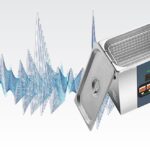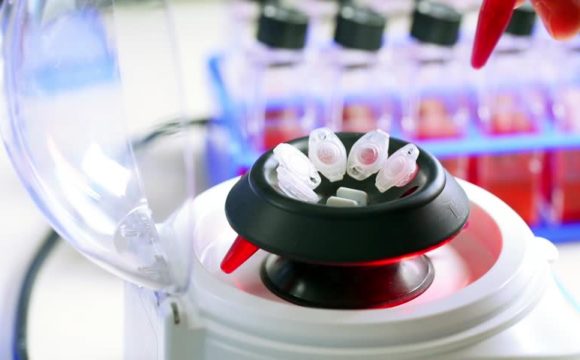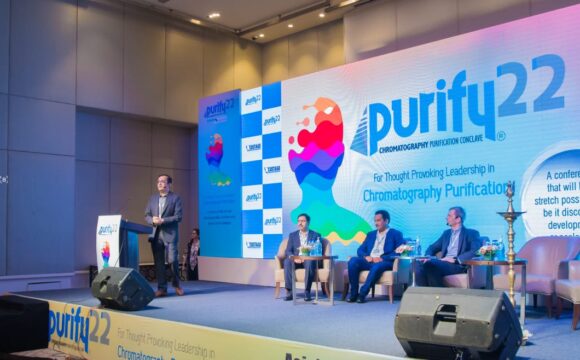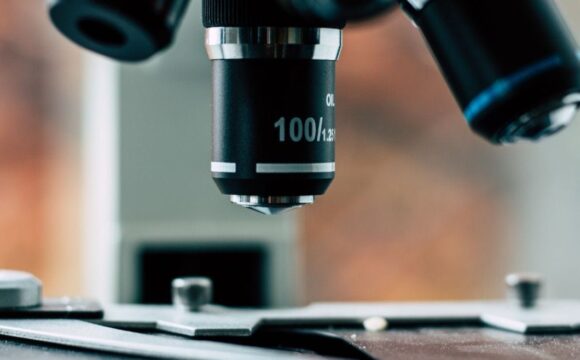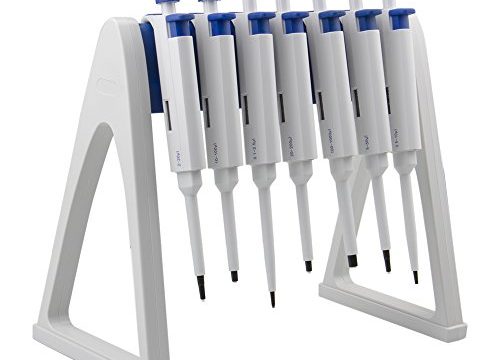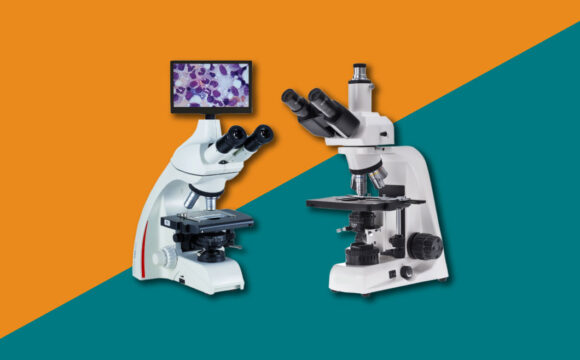Chromatography is an important biophysical technique used in the separation, identification and purification of different components present in a mixture. Chromatography has mainly two main phases, the stationary and the mobile phase. The stationary phase can either be a solid or liquid phase that remains fixed. The mobile phase can be a gas or a liquid or a supercritical fluid that flows over the stationary phase carrying the analyte with it.
Thin-layer chromatography is a common analytical technique used to separate and identify a compound present in a mixture. They are also used to determine the purity of a given sample. Being an efficient and economical technique, TLC is widely used in chemistry, forensic science, biochemistry, food laboratories, etc., for which high-quality supplies are necessary to obtain reliable results.
To get reliable results good quality TLC plates and solvents are important. In this article, we will discuss the different types of TLC plates and their selection criteria.
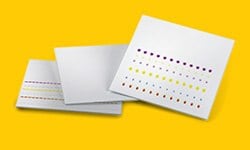
Standard analytical TLC plates
These are common plates for TLC. They have absorbent layers of thickness between 0.20 and 0.25 mm. The particle size is about 5-17 micrometres.
Applications: These are used for simpler, quick and inexpensive experiments.
Analysis: These are qualitative in nature.
Detection: The detection can be carried out in UV light for stains.
Price: It is less expensive than other TLC plates.
Sample value: 1 – 5 µL
Preparative TLC plates
These plates are used in the purification or isolation of a particular substance from the mixture. They have a thickness of less than 0.5 mm.
Applications: These are required for purification on a TLC plate.
Analysis: These are quantitative in nature.
Detection: UV detection can be carried out.
Sample value: 0.1 – 0.5 µL
High-performance Thin Layer Chromatography (HPTLC) plates
These are used for their better resolving power, faster development time, lesser solvent consumption and lower sample diffusion. They have smaller particles of less than 10 micrometres, thickness of less than 200 micrometres and a lesser developing distance of 10cm. HPTLC plates are available in different variants of matrices and indicators.
- Applications: These are used for highly sophisticated separations and for analysis involving complex samples
- Analysis: These are qualitative as well as quantitative in nature
- Detection: Scanners are required for the detection
- Price: It is a bit more expensive than other TLC plates
- Sample value: 5 – 20 µL
Backing materials
Glass, aluminium, and plastic are three backing types available for TLC. Each of them has its unique features and usage.
Glass plates
Generally, glass plates are the most used TLC backing due to their high chemical resistivity and thermal stability.
|
Advantages |
Disadvantages |
|
Rigid and transparent |
Fragile |
|
Economical |
Heavy and higher transportation costs |
|
Highly resistant to chemicals |
Takes more shelf space |
|
Good thermal stability |
Susceptible to breakages |
Aluminium foil plates
Aluminium foils are used for their resistance to breakage and solvent resistance. As they take up less space in transportation, they are inexpensive. Also, they can be cut to get desired sizes for different analysis.
|
Advantages |
Disadvantages |
|
Easy to handle |
Non-reusable |
|
Can be cut |
Less chemically resistant than glass |
|
Thin and takes less shelf space |
Prone to crumble |
|
Solvent resistance |
|
|
High heating stability |
Plastic or polyester (PET) plates
These plates are also used for being lightweight and flexible.
|
Advantages |
Disadvantages |
|
Easy to handle |
Non-reusable |
|
Can be cut |
Lower heating stability |
|
Takes lesser storage space |
Susceptible to cracks in absorbent layers |
|
Lightweight |
Less resistance towards certain solvents |
|
Solvent resistant |
With this guide, we hope you would be able to select the right TLC plate for your experiments.
You may visit Biomall for high-quality TLC plates and other supplies. Biomall is a leading supplier of scientific instruments and materials globally.




